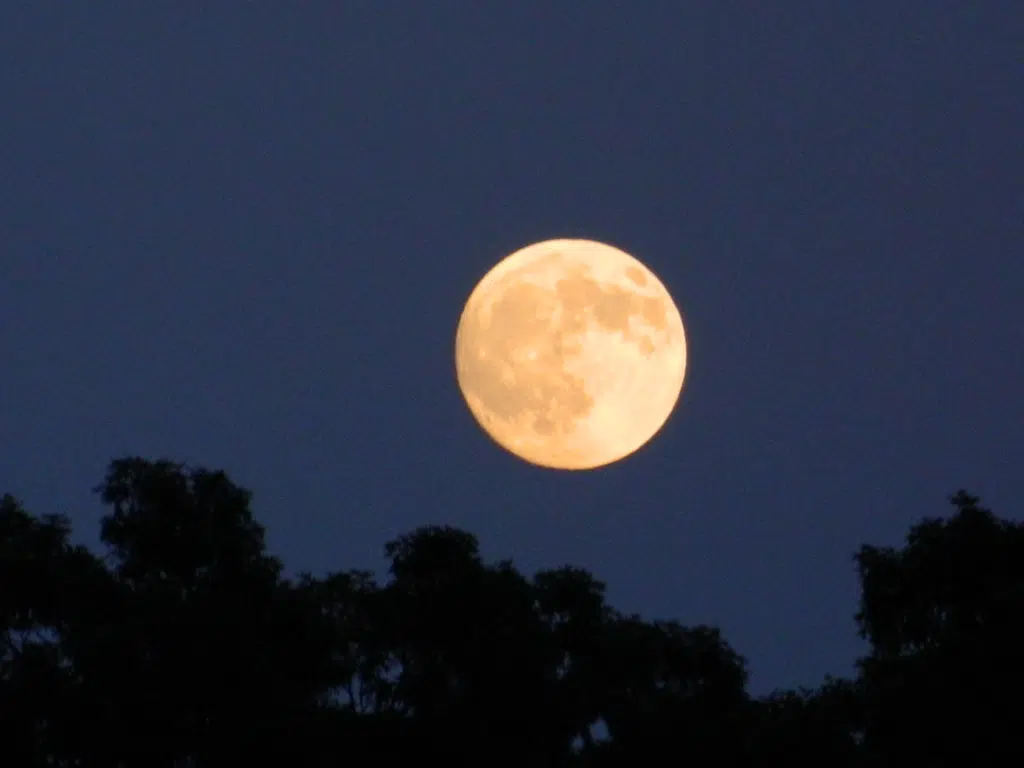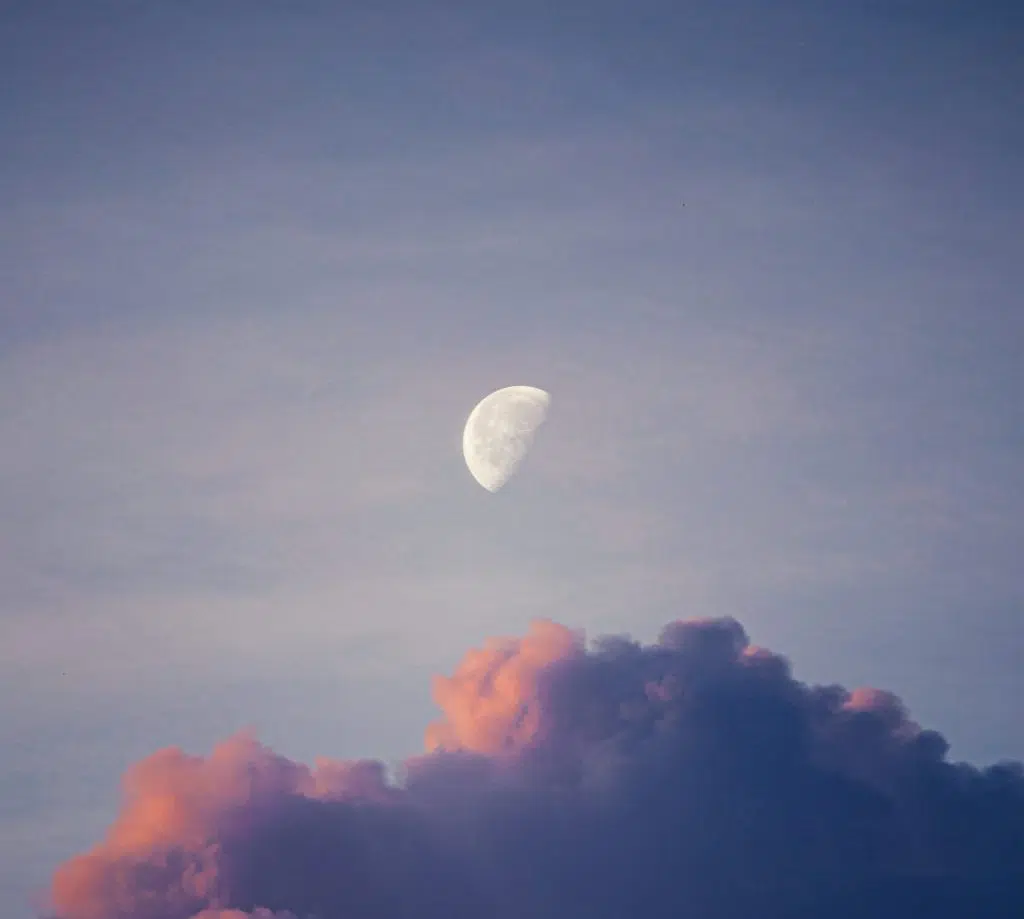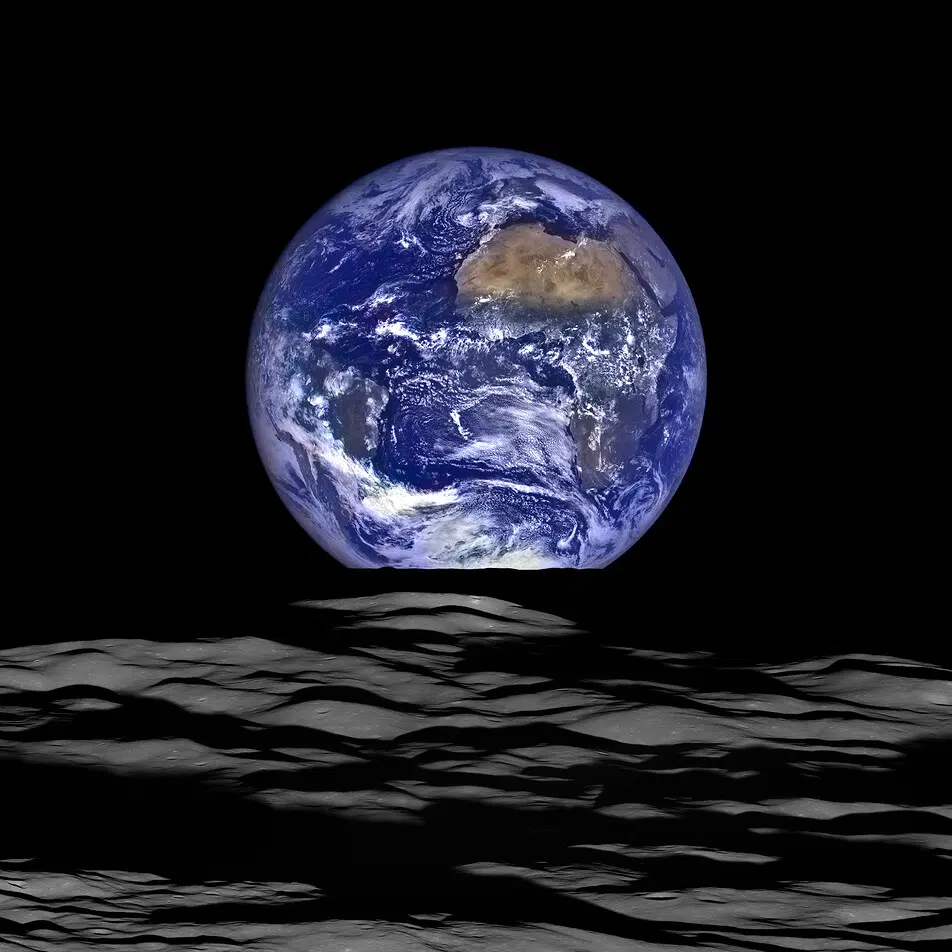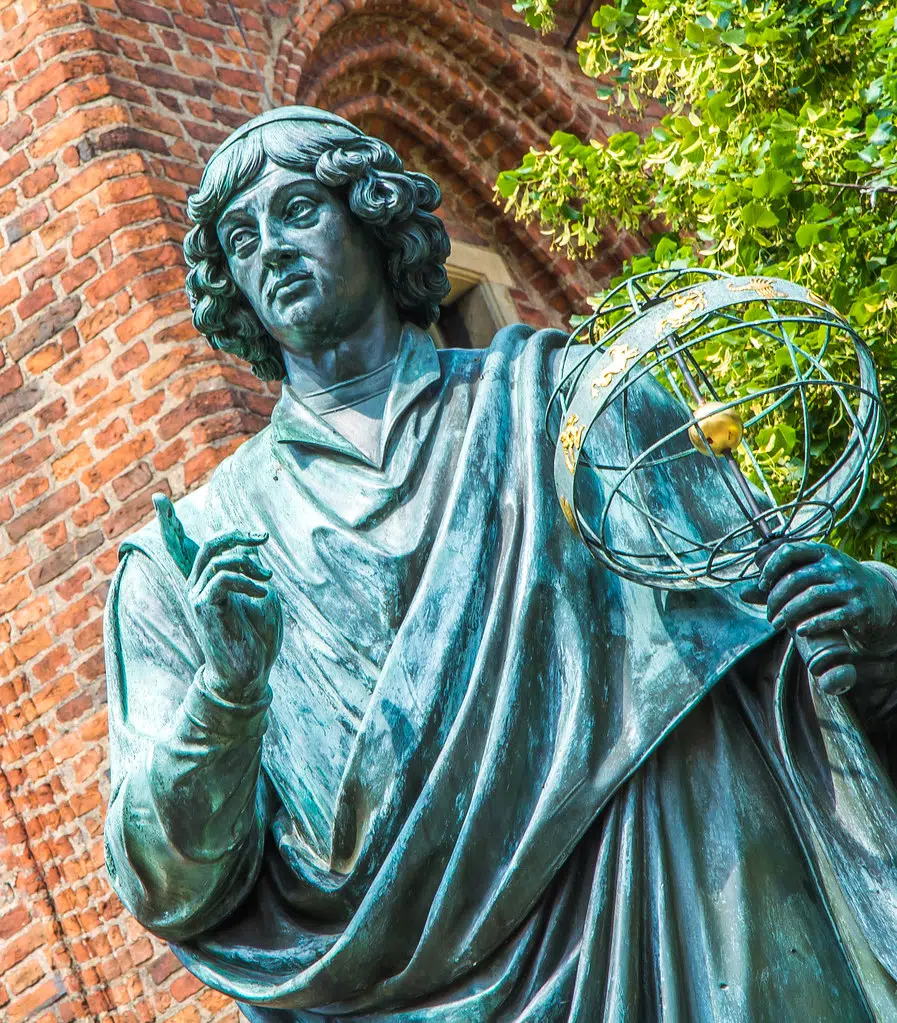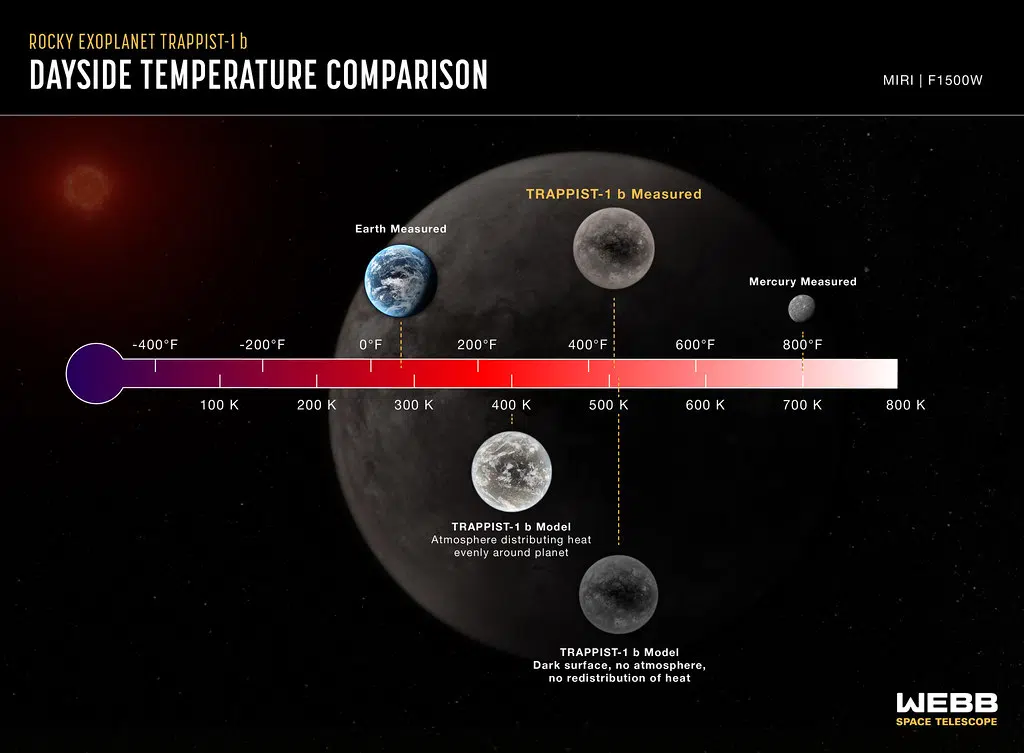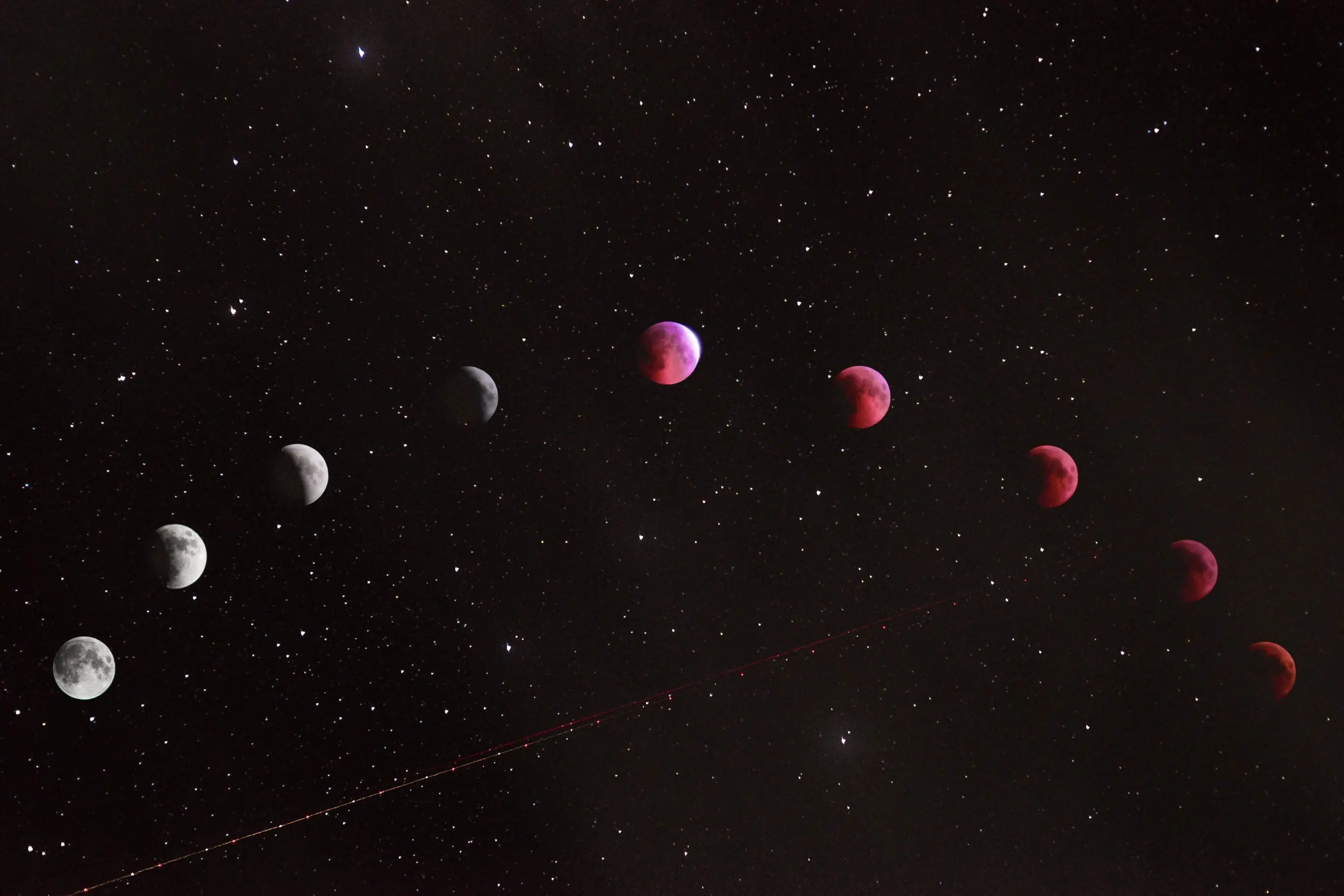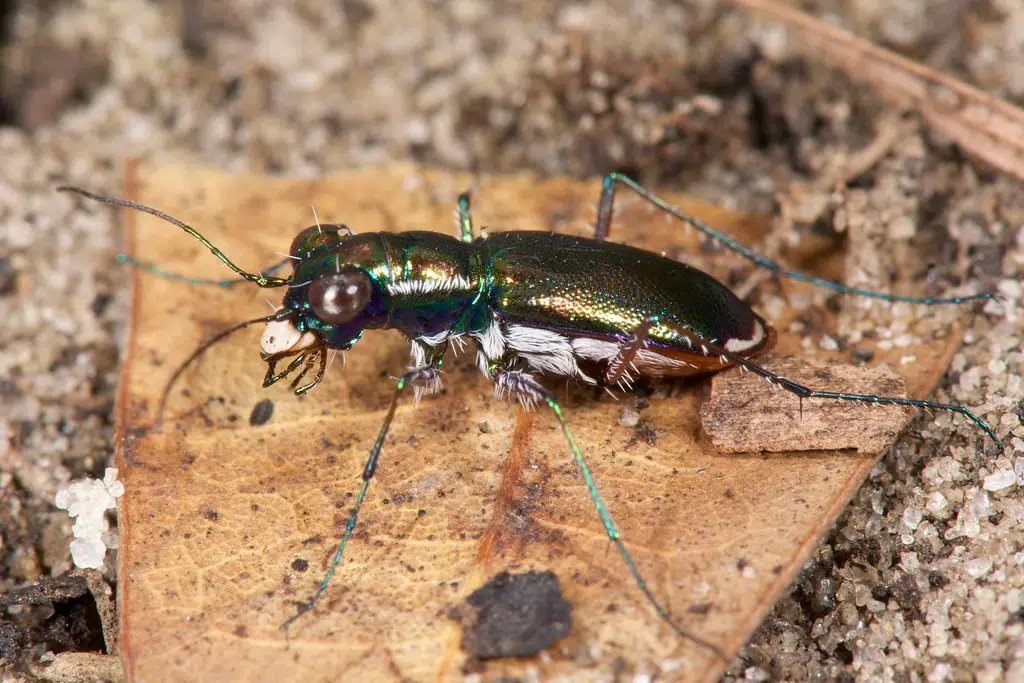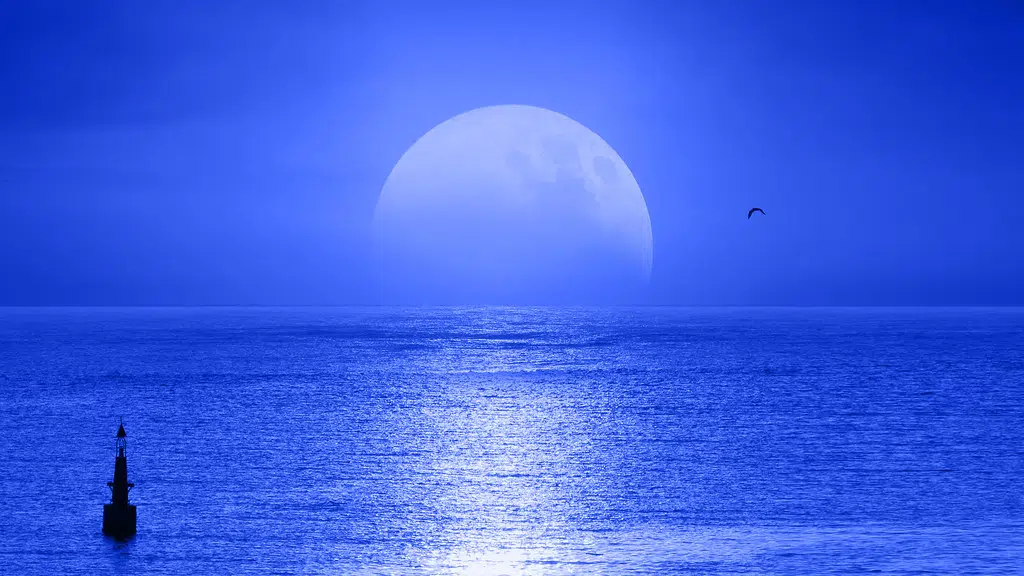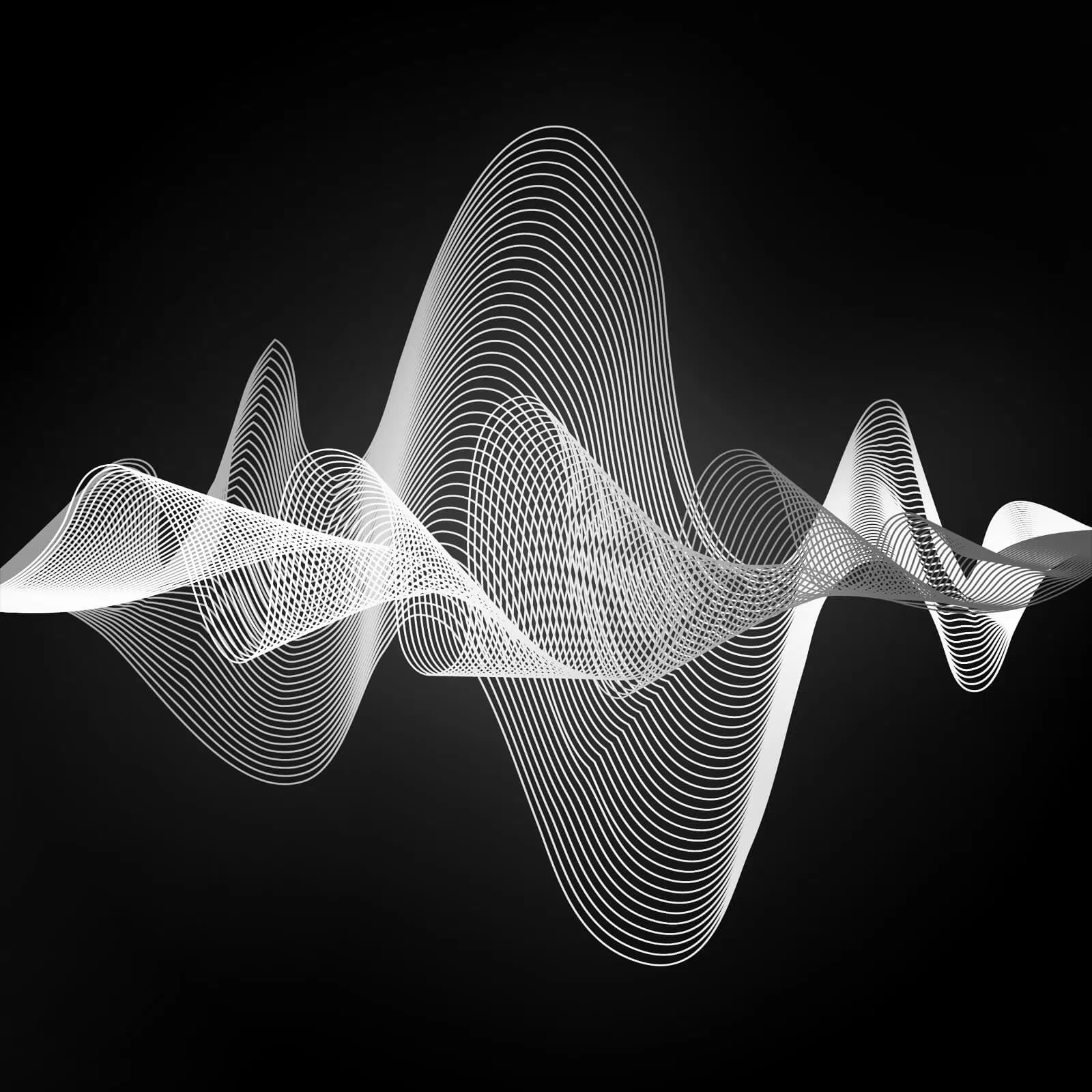Gone Fishin’
Tonight brings the height of the first of two supermoons this August. Tonight’s moon is referred to as the Sturgeon moon according to the Farmer’s Almanac due to the ease of catching Sturgeon in the Canadian Great Lakes during this time of the year.
Once in a Blue Moon
August’s second full moon is referred to as a blue supermoon — this is when a full supermoon falls after another full supermoon within the same month.
To acknowledge this sort-of-rare occasion, here are a few fun facts about the moon:
We can only see 59% of the surface of the moon from Earth
Due to the moons orbit around the earth in conjunction with the rotation of the earth, we never quite see the entire surface. Hey Alexa, play “Dark Side of the Moon” by Pink Floyd.
The Earth follows the same phases on the Moon as the Moon does on Earth
These phases fall in reverse to the lunar phases — a full moon on Earth means a new Earth on the moon and vice versa without ever moving its position in the sky. From the moon, the Earth looks comparatively four times larger than the moon looks to us and illuminates the moon anywhere from 45 to 100 times brighter than the moon does to Earth.
There are very specific rules on how the Moon’s craters are named
The Moon’s craters are primarily named after great Scholars, Astronomers, Artists and Explorers with the exception of those not yet named around the Apollo crater and the Mare Moscoviense which are to be named after select deceased American Astronauts and Russian Cosmonauts.
The Moon has a very wide temperature range
The craters and the surface of the moon can differ by hundreds of degrees. According to NASA, the depths of the craters can drop to a low -240°c while the surface can reach up to 127°c while an eclipse can cause those numbers to drop by around 300°c.
The moon has its own timezones
Instead of hours or days, moon time is measured in Lunations — the period in which it takes the moon to make one revolution around the Earth. One lunation is about 29.53 Earth days so it becomes difficult to measure in conventional time. Former Chief Astronomer of Hayden’s Planetarium in New York created a system for Lunar time which resulted in the creation of a wristwatch that could only be used on the moon.
Biological cycles follow Lunar cycles
Lunar cycles can have a dramatic impact on insect phylogenesis (development); they can influence the hypothalamus-pituitary-gonadal axis and reproduction in different species of fish; and birds lose the regulation of melatonin and corticosterone during full moons. In humans, menstruation and reproduction cycles match lunar cycles.
Blue Moons aren’t THAT rare
While we may use the term “once in a Blue Moon” to signify an event that is incredibly rare, a true blue moon happens once every two to three years. Maybe we can start opening up the saying to describe things that are simply occasional as opposed to rare?


